Knowledge Graph – a world of connections
in a world of connections. It's often extremely complicated to understand these connections, and that's why we use Knowledge Graphs to represent these relationships in a graphical, visual, and understandable way.
To help you understand this intriguing and fundamental topic in a world increasingly shaped by interconnected data, I present this video from the British Museum's ResearchSpace Project . Please watch it:
Below I have translated the video's text description into Portuguese; feel free to read it if you wish:
This researcher is investigating the legacy of Leonardo da Vinci's Vitruvian Man, which has influenced designers and architects for hundreds of years. But does this idealized form address human diversity and the complexity of the world today?
As her notebook fills with ideas, she wonders about the relevance of her work. How does one build upon and expand upon the work of others, and how does one become part of a broader development of interconnected knowledge?
digital world , we navigate using search engines that index our information , but remove its meaning and context. When we digitize our work in structured media, such as spreadsheets and databases , we lose not only meaning and context , but also the dynamic connections that our minds create. To structure and build knowledge , we need to design a technology that stimulates and captures human thought in a structured yet flexible way.
Leonardo da Vinci said:
Learn to see. Realize that everything connects to everything else.

ResearchSpace focuses on the network of relationships that define us and our world.
In ResearchSpace, the conventions of databases and spreadsheets are replaced by a knowledge , a flexible canvas that allows researchers to seamlessly evolve a constellation of actors, places, objects of events, concepts, ideas, and practices.
Each item on the map is defined by its connections, which are not simply labels and lines, but meaningful relationships interpretable by a computer. While they may resemble a mind map, knowledge maps research processes , thought processes, and information as they evolve. Through their visual medium, you can work with data at different levels of detail, developing your knowledge and ideas, and incorporating them as evidence of beliefs and arguments alongside other collaborators.
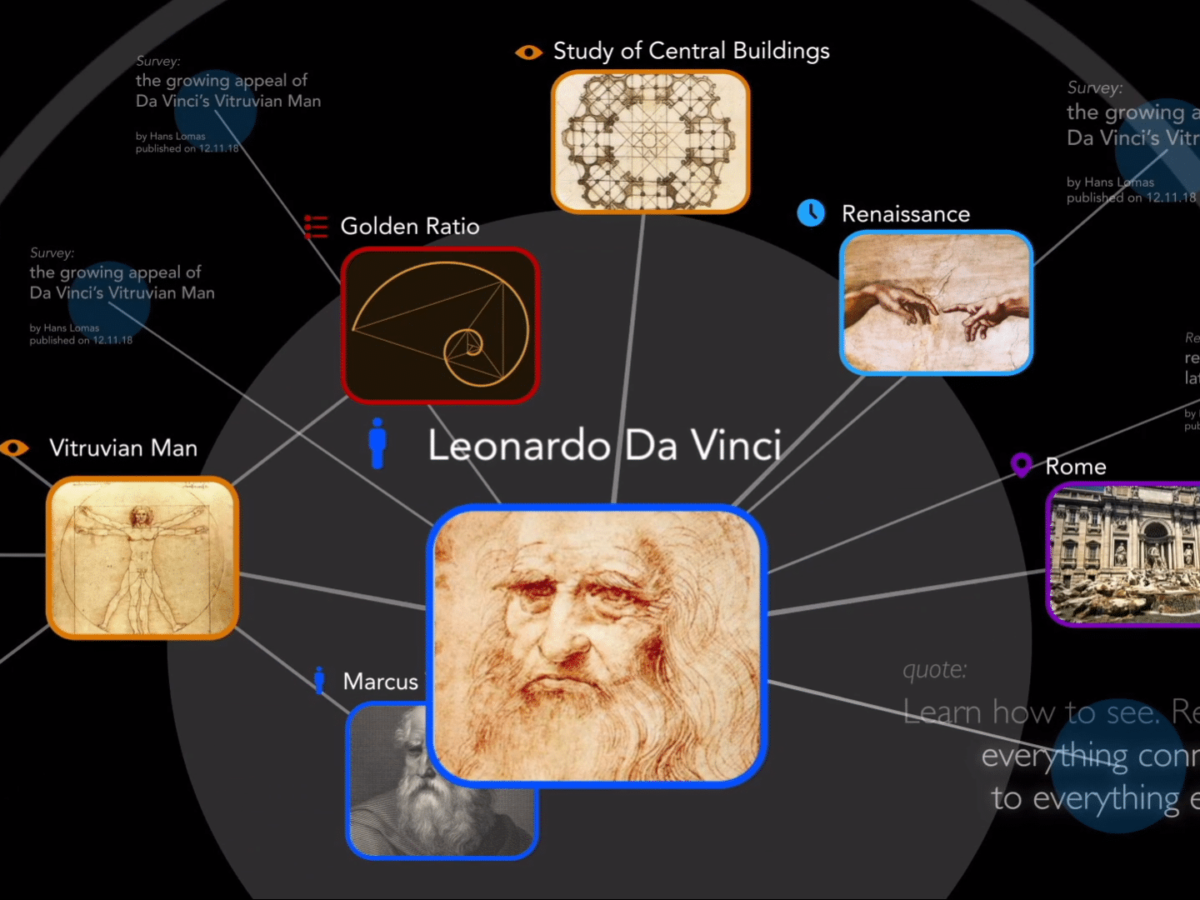
Heraclitus, the philosopher, said:
"The only constant in life is change."
New knowledge can change our understanding of the past.
ResearchSpace can reflect this evolving history, rather than leaving the past frozen in time. Researchers can, through a range of tools, continuously understand, interpret, expand, and annotate the knowledge map, contributing their findings and allowing them to compare and reconcile their different viewpoints.
In addition to visualizing the knowledge map, ResearchSpace generates different views of the data through maps, timeline diagrams, and graphs.

These perspectives can be interwoven into a new type of evolving narrative, which can incorporate your research processes and insights that will reflect new research and discoveries as they emerge.
As the narrative evolves, this generates more ideas that can be used to develop the knowledge .
Walter Benjamin, the philosopher, said:
"Nothing that happened should ever be considered lost to history."
The knowledge generated and represented in ResearchSpace is not locked.
Computers can understand and process each entry in the knowledge map and the relationships between them. Knowledge maps are expressed in an data that preserves contextual meaning and is designed to facilitate data , allowing future scholars to access previous chains of evidence, beliefs, and arguments.
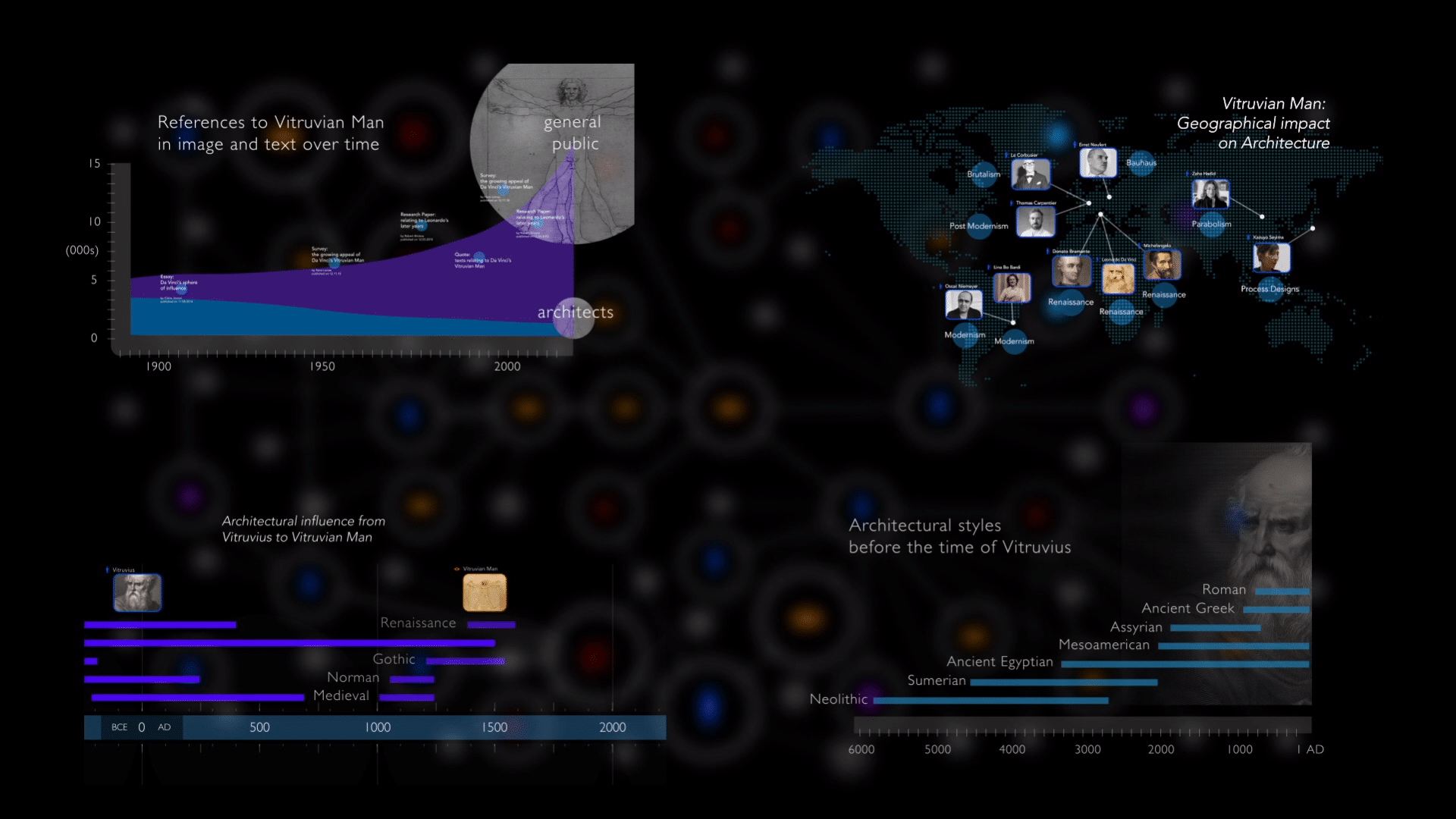
As more people collaborate using ResearchSpace, new knowledge maps will begin to connect with one another. These super maps will bring together previously fragmented research from different perspectives, confronting contradictions that help us understand a new and broader meaning of the past and the present.
Through ResearchSpace, our knowledge of the evolving world can be better reflected in a digital space.
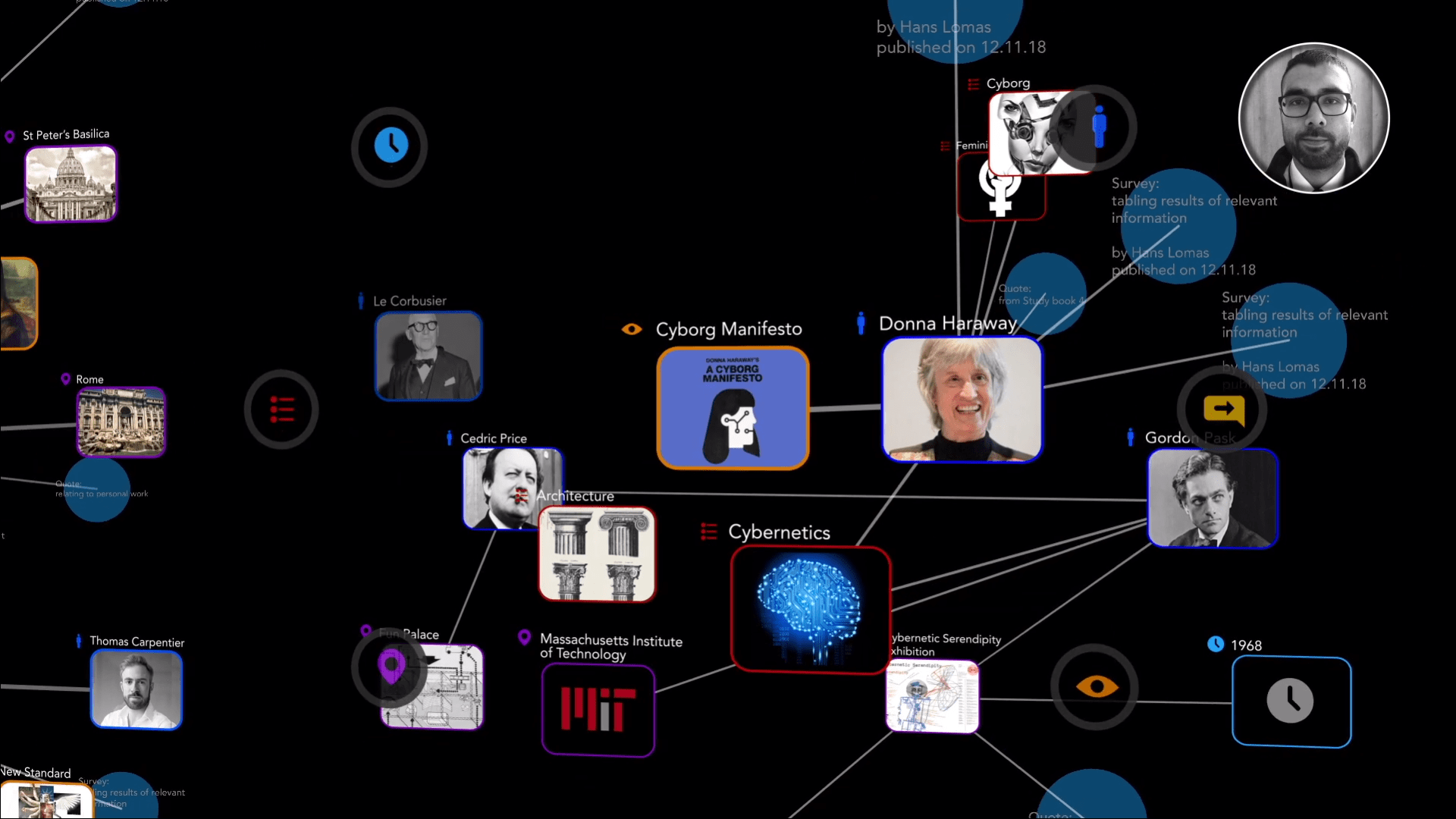
Imagine your SEO using structured data to create a Knowledge Graph specific to your semantic domain . That's the proposition I make to those who hire me as an SEO specialist : working with Semantic SEO to achieve advanced results .
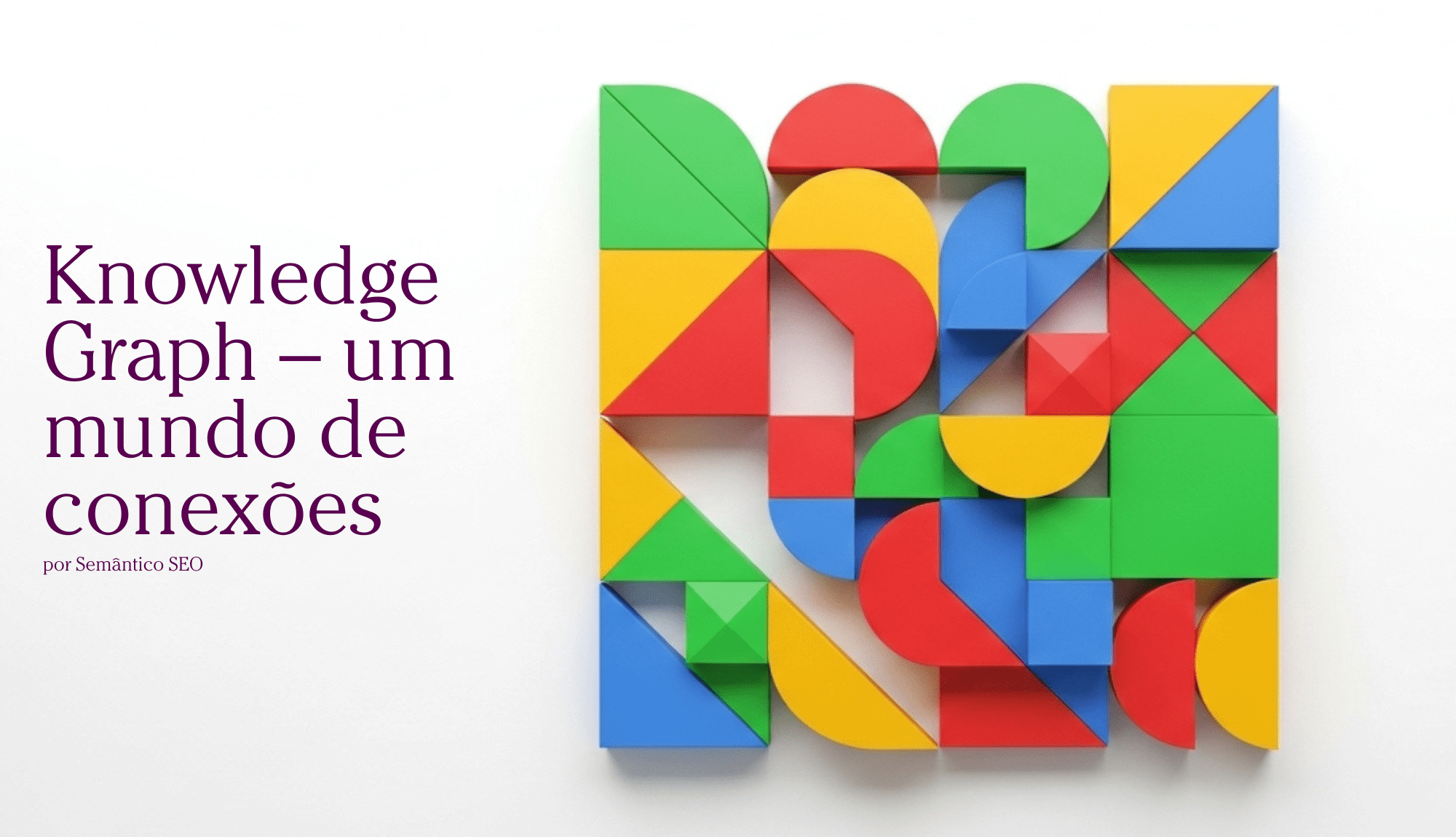

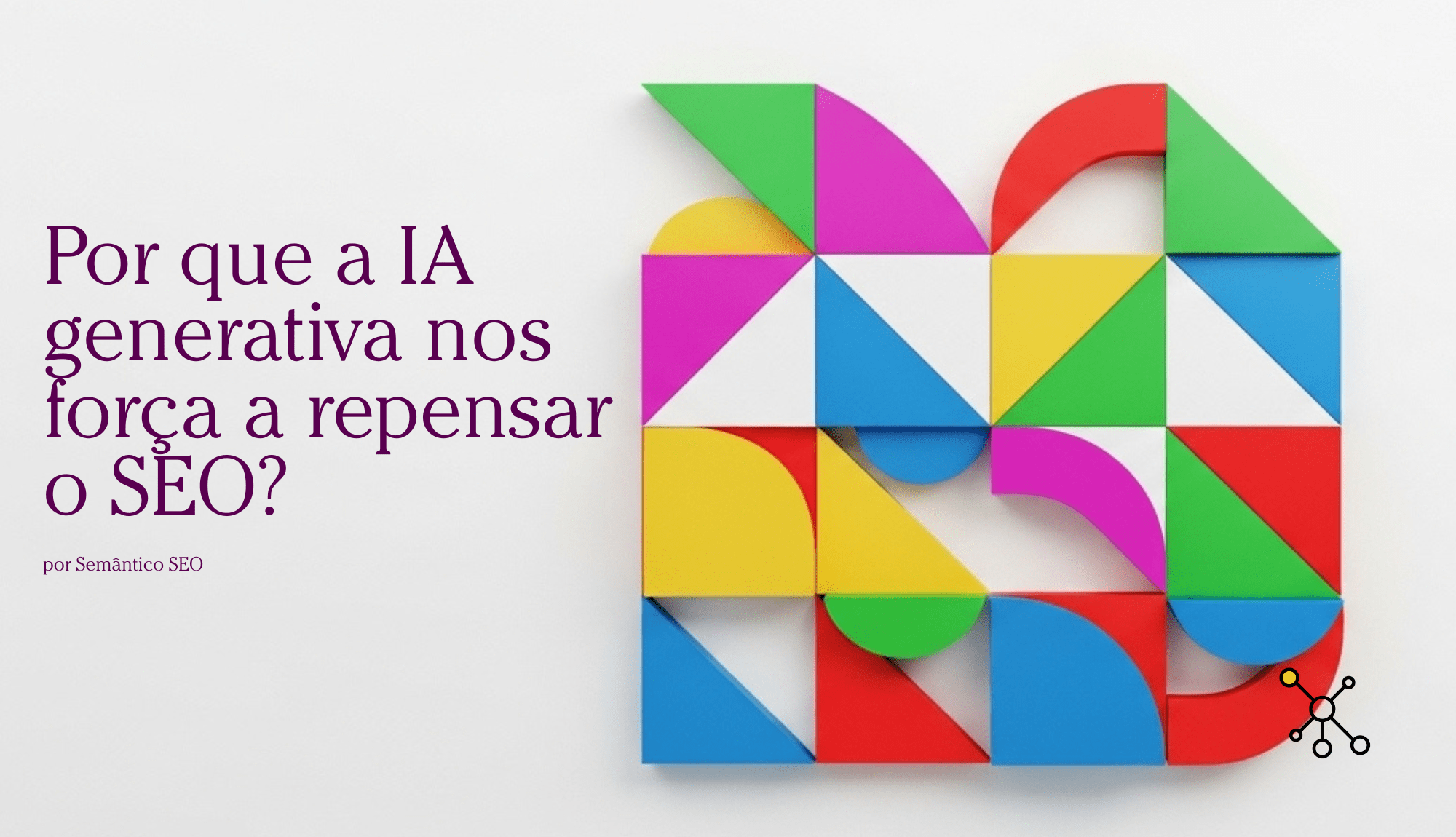

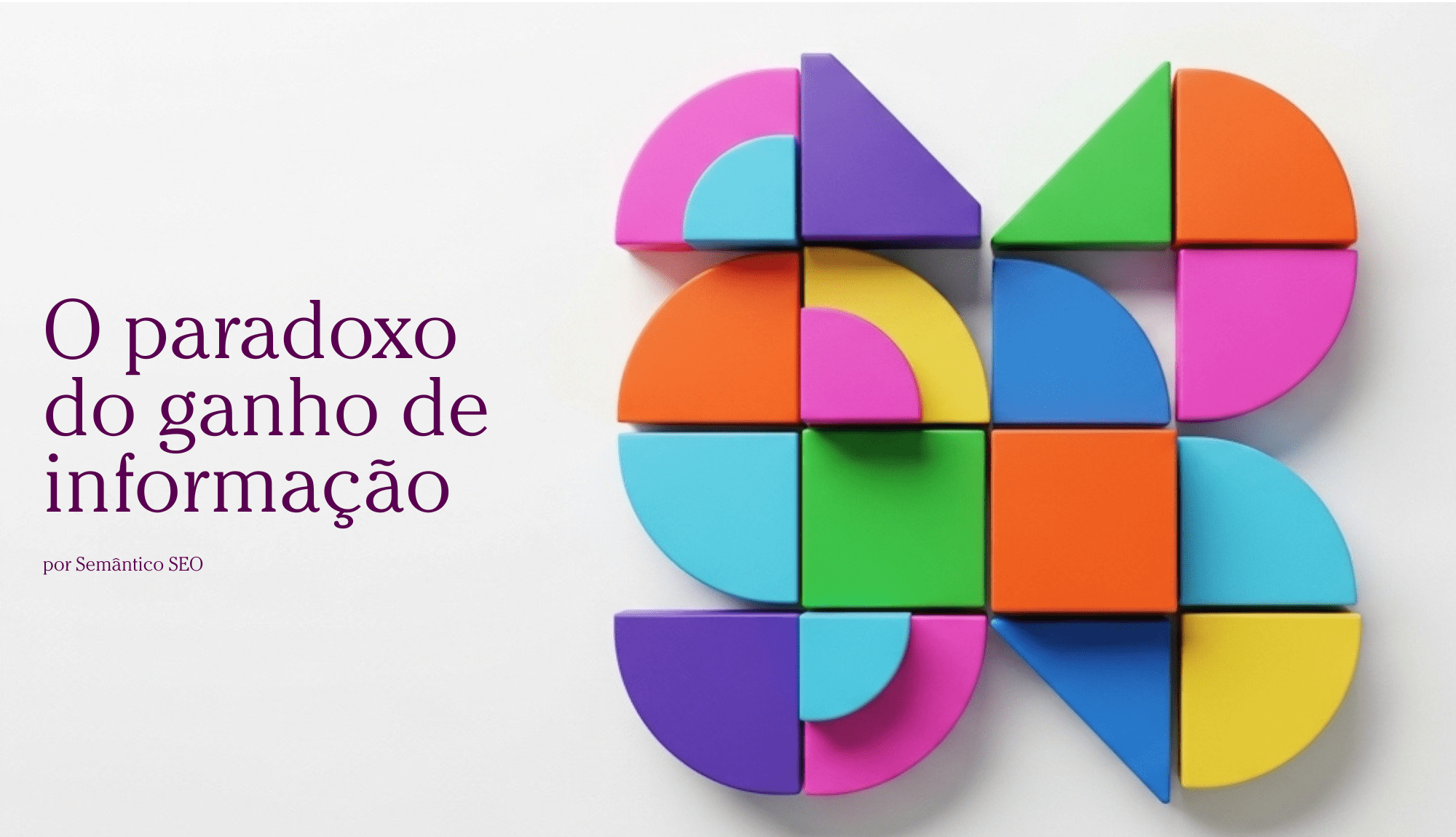
Post comment